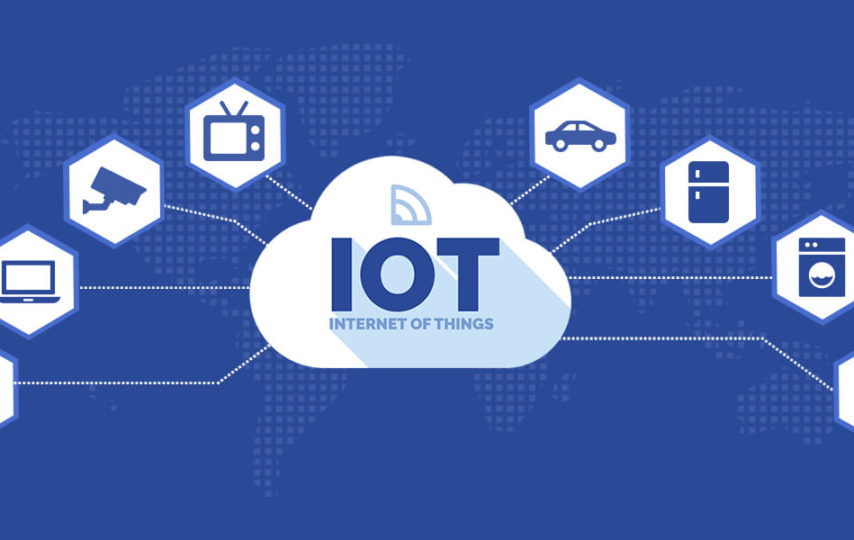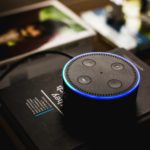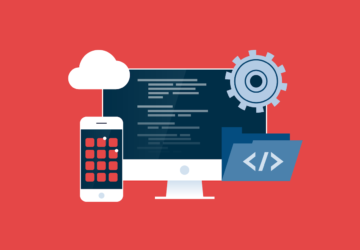IoT(Internet of Things) is one of the most significant pillars of Industry 4.0, i.e., the fourth industrial revolution. Operating on the principles of an interconnected reality, transparent data exchange, cyber-physical assistance, and decentralized decision-making, IoT has a rich history of making big waves throughout various domains.
- The total number of home IoT devices is predicted to grow to 12.86 billion by 2020 and 41 billion by 2027.
- IoT is expected to attract $1.1 trillion in investments by 2023.
- The IoT Market size could grow to $1.6 trillion by 2025.
- Nearly 80% of manufacturing enterprises plan to use IoT devices in their operations.
- Nearly 90% of retailers are considering IoT enabled, customized store experiences.
From smart devices to smart homes and automobiles, IoT is well on its way to becoming the go-to solution for many functions in the near future. Investors and companies are looking at this technology for their next significant investment and revenue seeds. But, the trends and characteristics of IoT come with a set of unprecedented challenges that, if left unattended, can hinder progress and hamper returns.
Here are five IoT application development tips to help you along.
1. Conduct A Thorough Analysis of Business Benefits
The lack of a clear problem statement is one of the biggest challenges that negatively affect the IoT development process.
It has become a standard business concern these days to release an IoT product in the market as soon as possible or add a layer of connected intelligence to existing ones. However, it’s critical to understand what value such attempts would bring to your business. Therefore, conduct exhaustive research before pushing industrial IoT projects on the floor.
Market analysis helps-
- Understand the business sense of your potential IoT solutions
- Get an idea of costs- one-time and recurring -associated with your idea
- Monitor competitive strategies in the domain
- Stay up to date with consumer needs, demands, and expectations
The decision, made after considering every opportunity, their flexibility, scalability, and overall expense, is more likely to turn out in a successful IoT endeavor. So, conduct a thorough analysis of all relative fronts.
2. Build A MVP
A minimum viable product(MVP) is a low-resolution prototype that’s used to ensure the highest possible validated learning about a product’s users at the lowest possible expense. It’s essentially a process that helps in gauging product viability and market value by allowing developers to grow the solution through a constant cycle of testing and optimization.
- Building a MVP makes the IoT product development process more manageable and scalable.
- It keeps the developers focused on the original product objective and core function.
- It prevents unintentional feature overload.
- It helps developers in releasing clean and functional versions of their software at constant intervals, updating them as per demand.
- MVP allows room for targeted evolution, feature addition, and technology-integrations as per the market’s pace.
- It helps you offer value to customers while establishing a relationship with them.
In IoT, a MVP can play a critical role in assessing and delivering the real value out of any investment.
3. Pick a Deployment-Suitable IoT Platform
An IoT Platform is similar to a toolbox that developers can use to solve a piece of the bigger puzzle.
In simpler words, it provides an adequate development environment with preset utilities, leaving more time in your hands to focus on the complex application logic. It’s required to manage the devices, data, and users. It enables a smooth flow of data and facilitates intact communication between the software and hardware.
As for the availability, the market has a wide range of IoT PaaS (Platform-As-A-Service) vendors, including brands like Amazon, Microsoft Azure, Google Cloud, IBM-Watson, Cisco, etc. That’s why it becomes necessary to pick an IoT platform that responds to your unique business needs and gives you the space to innovate. Here’s a checklist to help you choose one-
- Scalability for an increasing number of connected devices
- Underlying bandwidth
- Supported protocols
- Performance, latency, and reliability of the system
- Authentication methods
- Data security and recovery provisions
- Integration with other third-party providers
- Ability to support new technologies
4. Consider Security As An USP, Not An Afterthought
The increasing number and nature of devices connected to the internet sparks numerous doubts about the security levels that are followed through.
It’s not uncommon for developers to sacrifice security aspects of an IoT application for a shorter time-to-market. However, as the internet gets more sophisticated, it also poses an increasing threat to any connected network. IoT devices in 2020 and beyond need to have the right security measures baked into their very core to avoid the repercussions of poor threat protection.
Developers require a well-thought-out approach to build security in different facets of an IoT product. The challenges vary from vulnerabilities in the hardware to UI injury, authentication requirements, changing device ownership, platform compatibility issues, and other prominent cybersecurity threats. Therefore, the top tip is to incorporate security considerations from the beginning of the development process.
- Conduct formal security training.
- Take note of the most likely and potential attacks.
- Apprise your development and design teams with the actual financial and reputational damages of security breaches.
- Define a strategy for IoT architecture and framework implementation.
- Stay updated on the latest IoT threats and ways to protect your product.
- Use AI to identify potential attacks, intrusions, and security violations.
5. Always Keep Function and Scalability In Mind
Simple and efficient are the operating principles of any IoT application. Going by these, user experience and product scalability become critical factors catering to the quality of an IoT solution.
Whether you’re working on an enterprise-grade IoT solution or catering to general individuals, the interface experience must be intuitive and responsive to your target user. So, you need to develop a product that is-
- usable when connected as well as disconnected
- performing in different capacities under different connectivity zones but never idle
- Capable of offering productive outcomes to the user at all times
At the same time, you have to consider the growing rage around IoT, future projects, potential, current technology in IoT, and the explosive growth of related technologies like artificial intelligence. Prepare your solution for rapid scalability well in advance so that your business can take advantage of the opportunity, whenever it arises.
IoT Development Is Certainly Challenging But Worth the Effort
The progressing IoT landscape brings both- challenges and opportunities -to the fore. They are susceptible to vulnerabilities. They have too many layers that need decoding. The application logic takes time and concentrated, multi-tier effort. And, above all, there are uncharted waters in this domain that even the most enlightened IoT veterans haven’t yet mapped.
But, it’s necessary to remember that IoT is the future of the world, at least from where we are standing right now. So, get ahead and chart a course for success. I hope these tips can help you advance in your venture.








